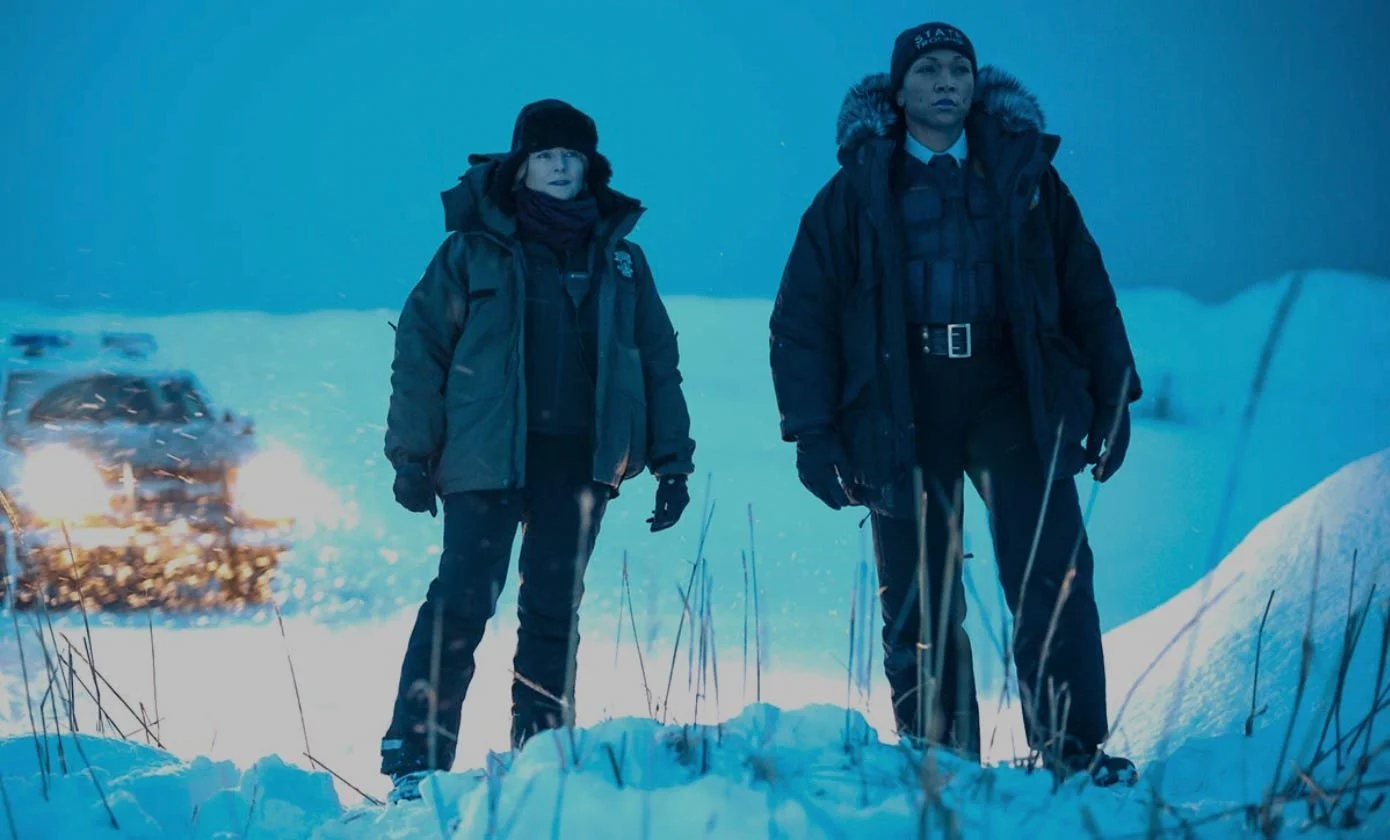Descending the Peak: The Year in TV
Slow Burn: Oldman’s sad sack spies keep delivering great drama (AppleTV+),
Dear Wags,
If we had a time machine, we’d zip back to the heady days of Peak TV—only a few years ago, when the number of scripted original series seemed only to grow. In 2015, when FX exec John Landgraf coined the term, streaming promised an inexhaustible motherlode of quality shows. It didn’t quite work out that way. The economics of television are inextricably tied to a mass audience, and the mass audience is deserting the medium—at least in the formats we’ve been accustomed to for generations.
Peak TV petered out before Hollywood’s 2023 labor disruptions threw a wrench in the system. The big streamers still have millions to spend, but they’re under pressure from Wall Street to be profitable, and reliable receipts rarely come from big-budget dramas with starry casts. Like the networks before them, they are leaning into sports and cheaper, unscripted formats (though these are also challenged). Streaming hyped revolutionary TV, but it broke television as a broadly popular platform. What is replacing it is something far more bespoke.
Yet there remains a great yearning for Television 1.0, which for all its stupidity, served as the national hearth. The public retains its appetite for expensive spectacles, and while AI may devastate the industry’s guilds of craftspeople, it offers the possibility of creativity unburdened by crushing production costs. Technology will make it easier to realize fantastical visions than ever before, but a question lingers: Will a big and diverse crowd share in them?
Having left Peak TV behind, we wander through a strange borderland, between dying television—with its networks, ratings, critics, and water coolers—and something else. Once so rigidly held, the lines between forms of screened entertainment will not become unblurred. Television, as a distinct corporate project separate from film, hemmed in by national borders and constrained by life patterns established in the mid-20th century, is not coming back. Creatives and their backers are frantically trying to conjure up what comes next.
Television in 2024 was mostly a tepid affair. There was not a deluge of great programming, and the best of it speaks to the in-betweenness of the age. TV has always been a mirror, and right now it reflects a society that does not know quite what it is, or where it is going. Let’s hope its successor media can coax us all back under an expansive communal tent.
Yours Ever,
Diana Christensen
Jack Lowden did more running and gunning in Horses (AppleTV+).
Slow Horses
Four seasons in, Will Smith’s bleakly comic adaptation of Mick Herron’s Slough House books is a bonafide hit, spawning several espionage-themed imitators. This was also the year it broke through at the Emmys, landing 9 nominations, which included a win for Smith for his writing. Unlike most of Apple’s high-priced fare, it’s genuinely entertaining, boosted by the performances of Gary Oldman as disheveled MI5 man Jackson Lamb and Kristin Scott-Thomas as his bureaucratic nemesis.—Liz Gold
Everett’s low-key dramedy delivered in its farewell season (HBO).
Somebody Somewhere
Small can be beautiful, and Bridget Everett’s tiny HBO show about a lonely woman finding her people in Manhattan, Kansas, was a gem. There were no pyrotechnics over its 21 episodes, just a meandering story about lumpy Midwesterners muddling through. Everett was quietly moving as Sam, who felt stuck while her feisty sister (Mary Catherine Garrison), best buddy Joel (Jeff Hiller), and friend Fred (Murray Hill) moved on with their lives. Quiet as a hush, the three seasons of Somebody Somewhere did nothing for the bottom line of hulking Warner Bros. Discovery. But from start to finish, it was a poetically restrained charmer.—Fran Johnson
Ford and Segel do their odd couple bit (Apple TV+).
Shrinking
To work, a sitcom relies on a likable ensemble of goofballs viewers want to hang out with. Aside from the persistent Abbott Elementary, the network version is highly endangered, and the jury is still out on whether the format will thrive in streaming. Shrinking, a genial comedy about grief, is a hopeful sign. Its second season introduced co-creator Brett Goldstein as a man broken by accidentally killing the wife of therapist Jimmy (Jason Segel), a daring idea that never became maudlin. Meanwhile, Harrison Ford’s Paul coped with Parkinson’s disease. Like its antecedent, Ted Lasso, this is a sunny show for an anxious audience; its charm is in its easiness. In a strong cast, radiant Lukita Maxwell, as Jimmy’s daughter, is a standout.—Claire Pritchett
Foster and Reis dig into a mystery in the dead of winter (HBO).
True Detective: Night Country
The True Detective franchise is an artifact of pre-Zaslav HBO, and in our book, it never quite matched the glory of its 2014 premiere season, which starred Woody Harrelson and Matthew McConaughey. Until this year. The fourth installment was an arctic blast of fresh air, moving the crime story to a tiny Alaskan village in the darkness of a polar winter. Jodie Foster was never better as a cop trying to crack why a passel of scientists ended up dead in a frozen clump: she was matched by Kali Reis as her unwilling partner. Showrunner Issa López peppered the blend of mysticism and mystery with scares that made us jump.—Maggie O'Connell
FX
Shōgun
Rachel Kondo and Justin Marks didn’t merely adapt James Clavell’s 1975 bestseller about a Westerner marooned in 1600s Japan, they completely reinvented it, showcasing the mostly Japanese cast. In this version, Cosmo Jarvis’s Stranger in a Strange Land took a backseat to powerhouse performances from Hiroyuki Sanada and Anna Sawai, who won two of the series’ 18 Emmys (Tadanobu Asano was also nominated as Best Supporting Actor). Shōgun’s dominance made 2024 a banner year for FX (it’s also behind Emmy darling The Bear). Now all the show’s creators have to do is meet sky-high expectations for Season 2. —Katsumoto Moritsugu








